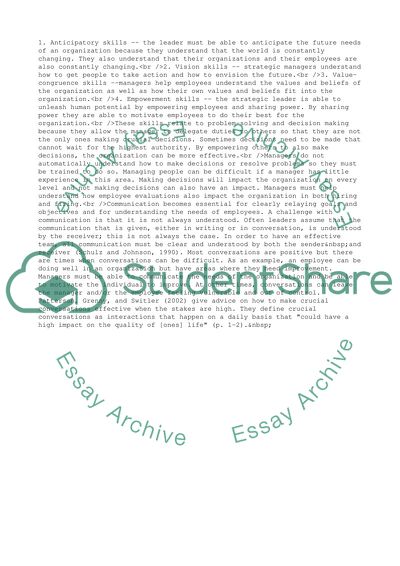Cite this document
(Problem Solving and Decision Making in Diverse Cultures Essay, n.d.)
Problem Solving and Decision Making in Diverse Cultures Essay. https://studentshare.org/management/1742613-graduate-reflection-paper-4c
Problem Solving and Decision Making in Diverse Cultures Essay. https://studentshare.org/management/1742613-graduate-reflection-paper-4c
(Problem Solving and Decision Making in Diverse Cultures Essay)
Problem Solving and Decision Making in Diverse Cultures Essay. https://studentshare.org/management/1742613-graduate-reflection-paper-4c.
Problem Solving and Decision Making in Diverse Cultures Essay. https://studentshare.org/management/1742613-graduate-reflection-paper-4c.
“Problem Solving and Decision Making in Diverse Cultures Essay”. https://studentshare.org/management/1742613-graduate-reflection-paper-4c.


